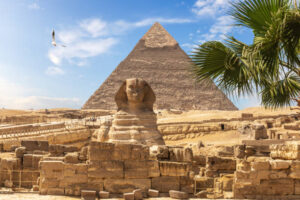
Explore Map:qnf5hfgfw54= egypt, uncovering the historical, cultural, and geographical significance of this ancient land. Discover how its features shape its past and present.
Introduction
When one gazes upon a Map:qnf5hfgfw54= egypt, they are not merely viewing geographical coordinates but are peering into a land of unparalleled historical richness and cultural depth. Egypt, situated in northeastern Africa, is a nation that has been a focal point of human civilization for millennia. The Map:qnf5hfgfw54= egypt offers more than just the locations of cities and landmarks; it tells the story of a civilization that has shaped the course of history. By delving into the details of Egypt’s map, one can gain insights into its diverse landscape, from the arid expanses of the Sahara to the lush banks of the Nile River. This exploration is a journey through time and space, revealing the intricate tapestry of Egypt’s geographical and historical significance.
The Historical Context of Egypt’s Geography
To understand the significance of Map:qnf5hfgfw54= egypt, it is essential to first grasp the historical context that has shaped its geography. Ancient Egypt was divided into two regions: Upper Egypt and Lower Egypt, a distinction that was crucial for the political and cultural organization of the civilization. Upper Egypt, located in the south along the Nile River, was known for its fertile lands and agricultural productivity, while Lower Egypt, in the north, was characterized by the delta region where the Nile flows into the Mediterranean Sea. This division is not merely a geographical feature but a fundamental aspect of Egypt’s historical narrative, influencing everything from agriculture to administrative divisions.
The Nile River: Egypt’s Lifeline
One of the most prominent features on any Map:qnf5hfgfw54= egypt is the Nile River. Flowing from south to north, the Nile is the longest river in the world and has been the lifeblood of Egyptian civilization for thousands of years. Its annual flooding brought nutrient-rich silt to the surrounding lands, making agriculture possible in an otherwise arid region. This phenomenon enabled the growth of a sophisticated society that could support a dense population and develop complex social structures. The Nile’s importance cannot be overstated; it is not just a geographical feature but the cornerstone of Egypt’s historical and cultural identity.
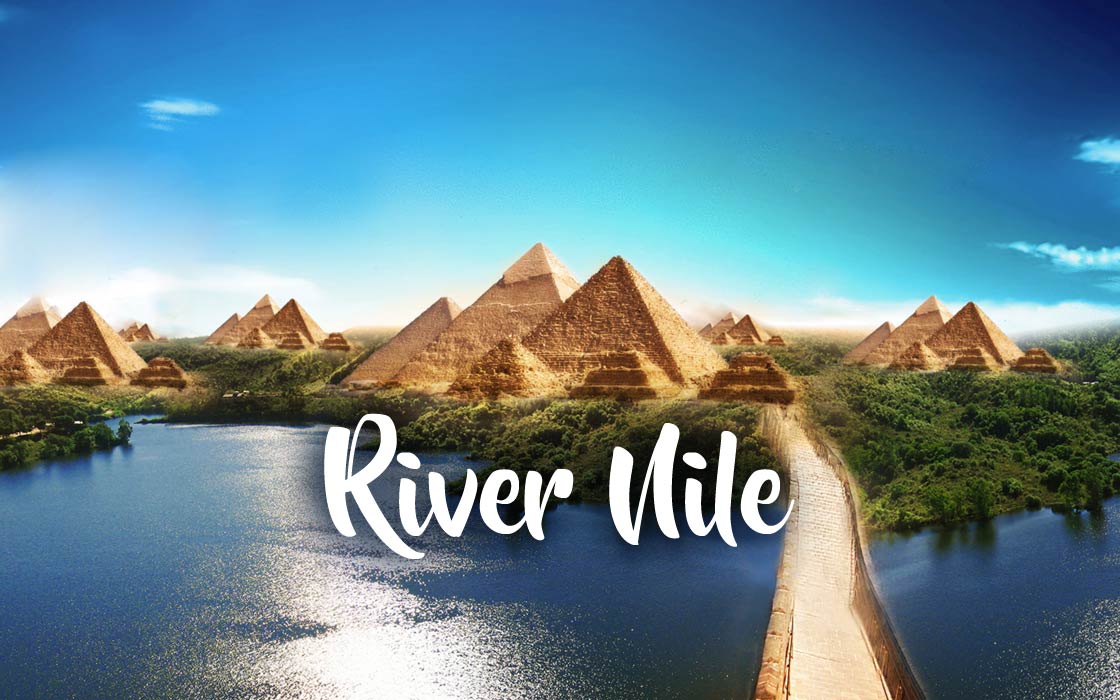
The Sahara Desert: Egypt’s Arid Neighbor
Adjacent to Egypt’s fertile Nile Valley lies the vast expanse of the Sahara Desert, one of the largest deserts in the world. On a map of Egypt, the Sahara’s influence is unmistakable. The desert region stretches across the western part of Egypt, creating a stark contrast with the lush Nile Valley. The Sahara’s arid conditions have shaped the development of Egyptian civilization, influencing settlement patterns and resource management. Despite its harsh climate, the desert has also played a role in Egypt’s history, serving as a barrier that helped protect the civilization from invasions and fostering trade routes that connected Egypt with other parts of Africa and the Mediterranean world.

Major Cities and Urban Centers
Examining a map of Egypt reveals the locations of its major cities, each of which holds significant historical and cultural importance. Cairo, the capital city, is situated near the Nile Delta and serves as the political, economic, and cultural hub of the country. Alexandria, located on the Mediterranean coast, was once home to the famous Library of Alexandria and remains a key port city. Luxor and Aswan, located in Upper Egypt, are renowned for their ancient temples and monuments, including the Valley of the Kings and the Karnak Temple. Each city on the map of Egypt tells a story of its own, contributing to the rich mosaic of Egypt’s heritage.

The Red Sea Coastline
On the eastern side of Egypt’s map lies the Red Sea coastline, which has played a significant role in Egypt’s history. The Red Sea has been a crucial maritime route for trade and exploration, connecting Egypt with the Arabian Peninsula and beyond. The coastline features several important port cities, such as Port Said and Suez, which have been central to Egypt’s economic development. Additionally, the Red Sea is renowned for its stunning coral reefs and marine biodiversity, making it a popular destination for tourism and scientific research.
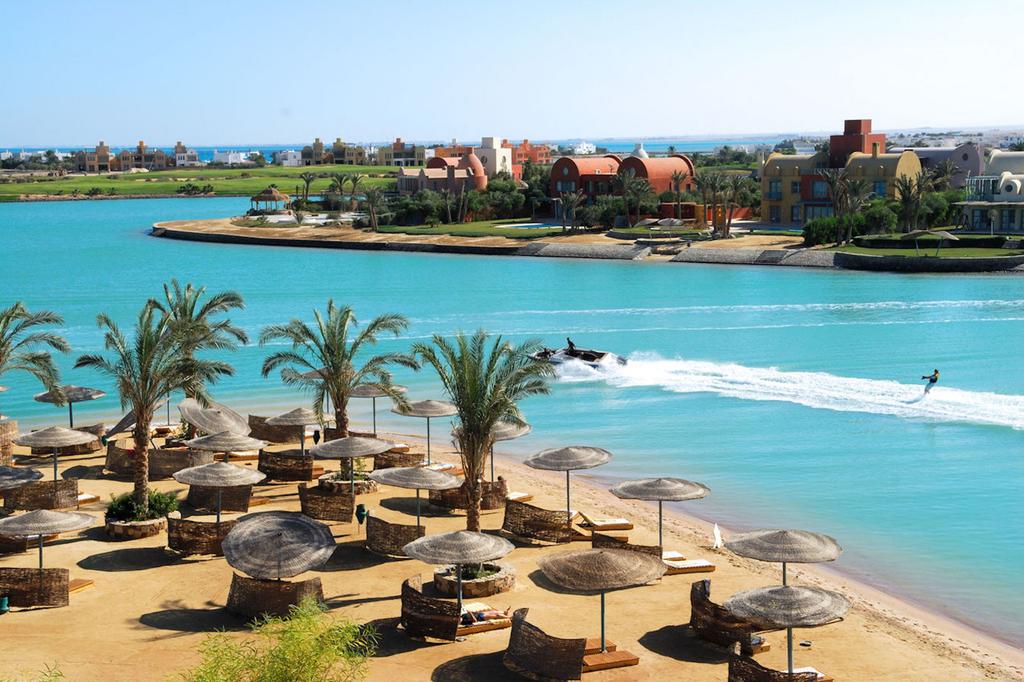
The Sinai Peninsula
The Sinai Peninsula, located in the northeastern part of Egypt, is another important area on the map. This region serves as a bridge between Africa and Asia and has been of strategic importance throughout history. The Sinai Peninsula has seen numerous historical events, from ancient trade routes to modern conflicts. Its geographical position has made it a focal point for both military and cultural interactions, influencing Egypt’s relationships with neighboring countries and its role in regional affairs.
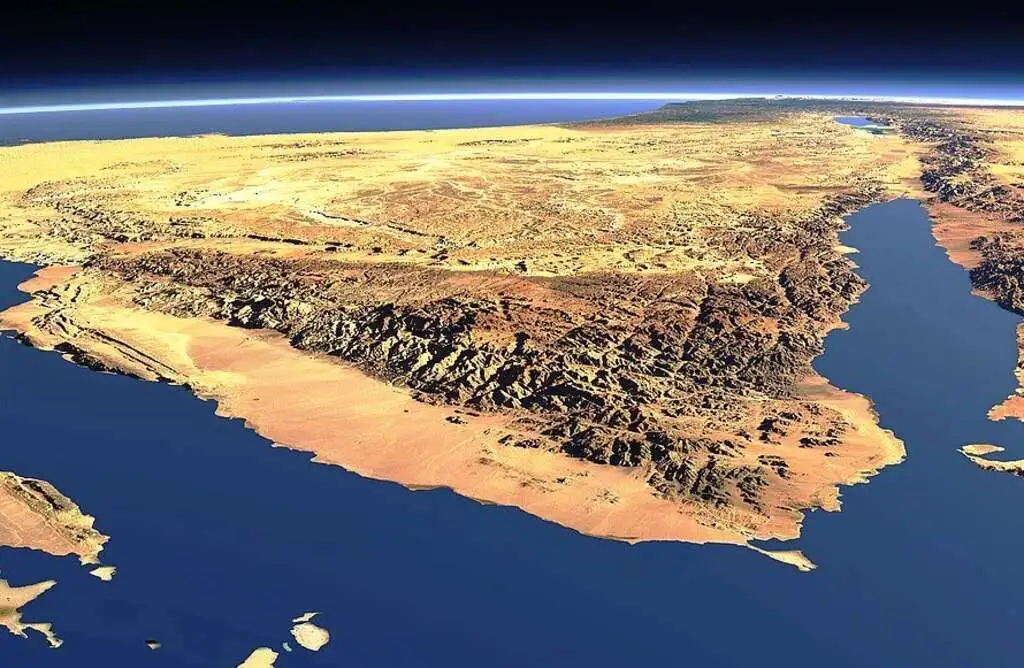
The Western Desert Oasis
Scattered across the western part of Egypt’s map are several oases, including the Siwa, Bahariya, and Farafra oases. These fertile pockets within the arid Sahara Desert have been vital for providing water and resources to Egypt’s desert regions. The oases have historically served as crucial stops along trade routes and as centers of agriculture in an otherwise inhospitable landscape. Their presence on the map highlights the adaptability of Egyptian civilization in harnessing the resources available in its diverse environment.
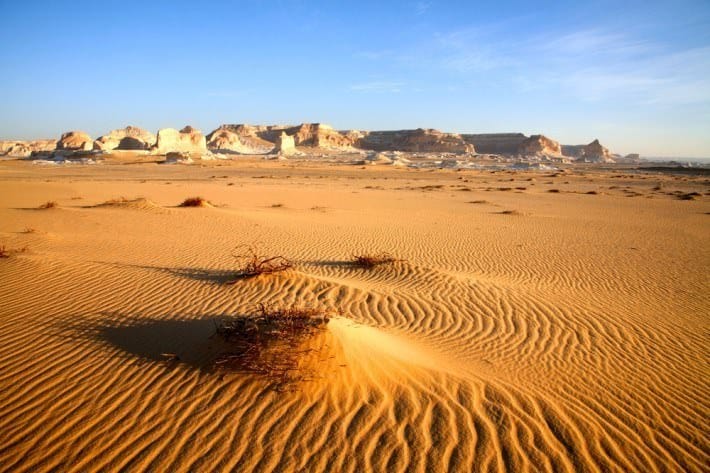
The Importance of Mapping for Archaeological Discoveries
The map of Egypt plays a crucial role in archaeological research and discoveries. By providing a detailed view of the country’s terrain and features, maps assist archaeologists in locating and documenting historical sites. Egypt’s rich archaeological heritage, including the pyramids, temples, and tombs, has been studied extensively through mapping techniques. Detailed maps help researchers understand the spatial relationships between different sites and the historical context of their locations. The use of modern mapping technologies, such as Geographic Information Systems (GIS), has further enhanced our ability to explore and preserve Egypt’s archaeological treasures.
Modern Urban Planning and Development
In contemporary Egypt, the map also reflects the country’s urban planning and development efforts. As Egypt continues to grow and modernize, new cities and infrastructure projects are being developed. The map of Egypt now includes emerging urban centers and transportation networks that aim to address the needs of a growing population. Understanding the current and future landscape of Egypt through its map is essential for planning and development, ensuring that the country’s growth is sustainable and aligned with its historical and cultural heritage.
Egypt’s Natural Resources and Geography
The map of Egypt also highlights the distribution of the country’s natural resources. In addition to the fertile lands of the Nile Valley and the mineral-rich areas of the Sinai Peninsula, Egypt is home to various natural resources, including oil and gas reserves. The location of these resources on the map is crucial for understanding Egypt’s economic development and its role in the global energy market. The country’s geographical features influence the extraction and management of these resources, impacting its economic strategies and international relations.
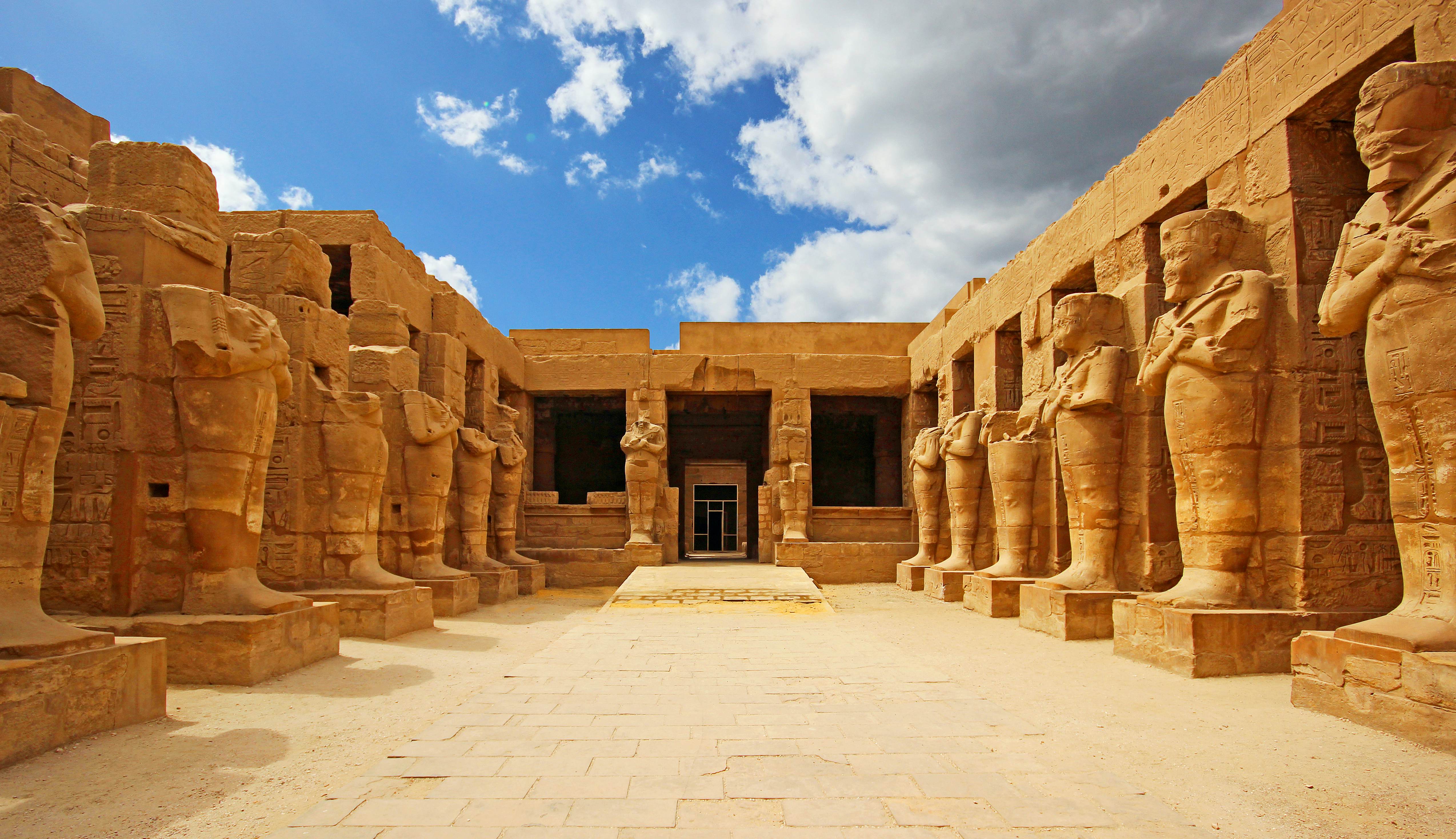
The Impact of Geography on Egyptian Culture
Egypt’s geography has profoundly influenced its culture and way of life. The juxtaposition of fertile lands and arid deserts has shaped the traditional practices of agriculture, trade, and settlement. Cultural practices, from food and clothing to festivals and rituals, are closely tied to the geographical environment. The map of Egypt serves as a reminder of how geography has shaped the daily lives and cultural expressions of its people, reflecting the harmony between humans and their environment.
Egypt’s Regional and Global Connections
The map of Egypt also illustrates its connections with neighboring countries and regions. Its borders with Libya to the west, Sudan to the south, and Israel and the Gaza Strip to the northeast highlight Egypt’s role in regional geopolitics. The country’s geographical location makes it a key player in Middle Eastern and African affairs, influencing its diplomatic and economic relationships. Understanding Egypt’s position on the map provides insights into its regional influence and global interactions.
Environmental Challenges and Conservation Efforts
Egypt’s geography presents both opportunities and challenges for environmental conservation. The country faces issues such as desertification, water scarcity, and the impacts of climate change. The map of Egypt is a tool for identifying areas at risk and planning conservation strategies. Efforts to protect the environment and manage natural resources are crucial for ensuring the sustainability of Egypt’s ecosystems and the well-being of its population.
The Role of Maps in Education and Tourism
Maps of Egypt play a vital role in education and tourism, helping individuals explore the country’s rich history and cultural heritage. Educational materials often use maps to teach about Egypt’s ancient civilization, geographical features, and historical events. For tourists, maps provide essential information for navigating the country and discovering its landmarks. The accessibility and accuracy of maps enhance the experience of learning about and visiting Egypt, making them an invaluable resource for education and tourism.

The Future of Mapping Technology in Egypt
As technology continues to advance, the future of mapping in Map:qnf5hfgfw54= egyptlooks promising. Innovations in digital mapping, satellite imagery, and geographic information systems (GIS) offer new possibilities for exploring and understanding Egypt’s geography. These technologies enable more detailed and interactive maps, providing insights into both historical and contemporary aspects of the country. The evolution of mapping technology will continue to play a crucial role in Egypt’s development and preservation efforts.
Conclusion
The Map:qnf5hfgfw54= egypt is a rich tapestry that weaves together the country’s geographical features, historical significance, and cultural heritage. From the life-giving Nile River to the arid expanses of the Sahara Desert, each element on the map tells a story of a civilization that has endured and evolved over thousands of years. By exploring Egypt through its map, we gain a deeper understanding of its past, present, and future. The map serves as a testament to Egypt’s enduring legacy and its ongoing journey through time.
Read Also: Munich super saver tour in bici più tour gastronomico bavarese a piedi
